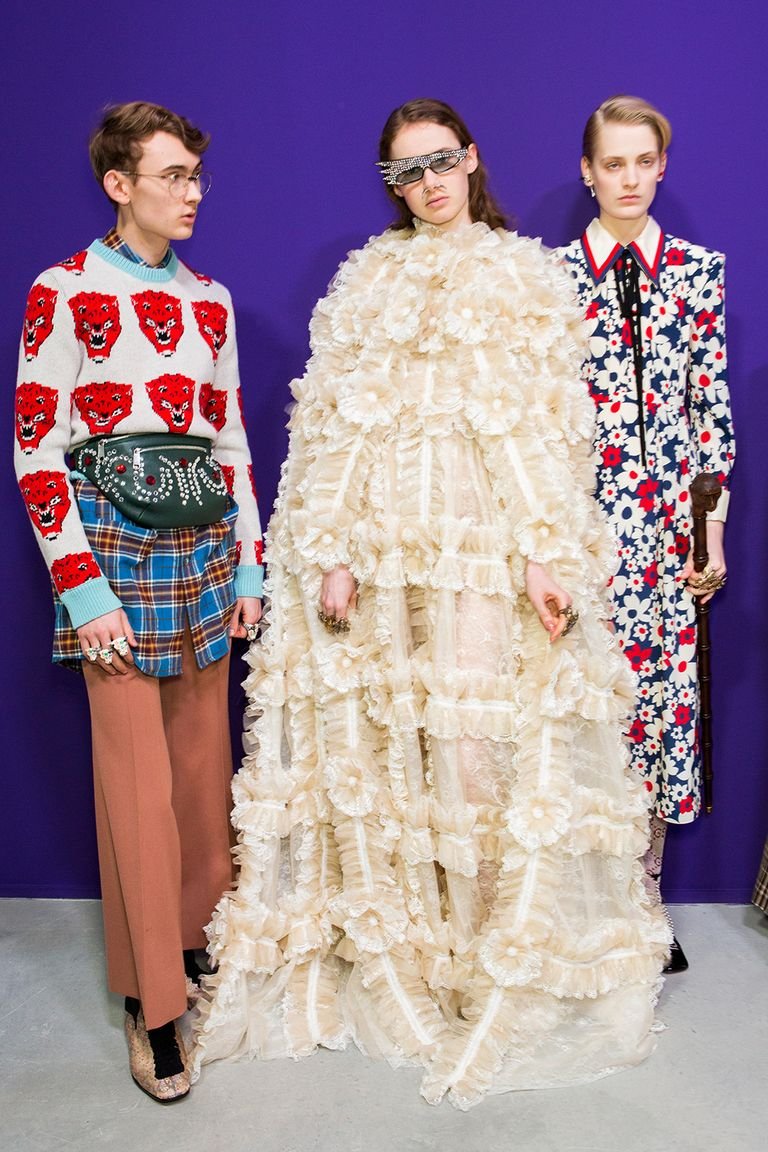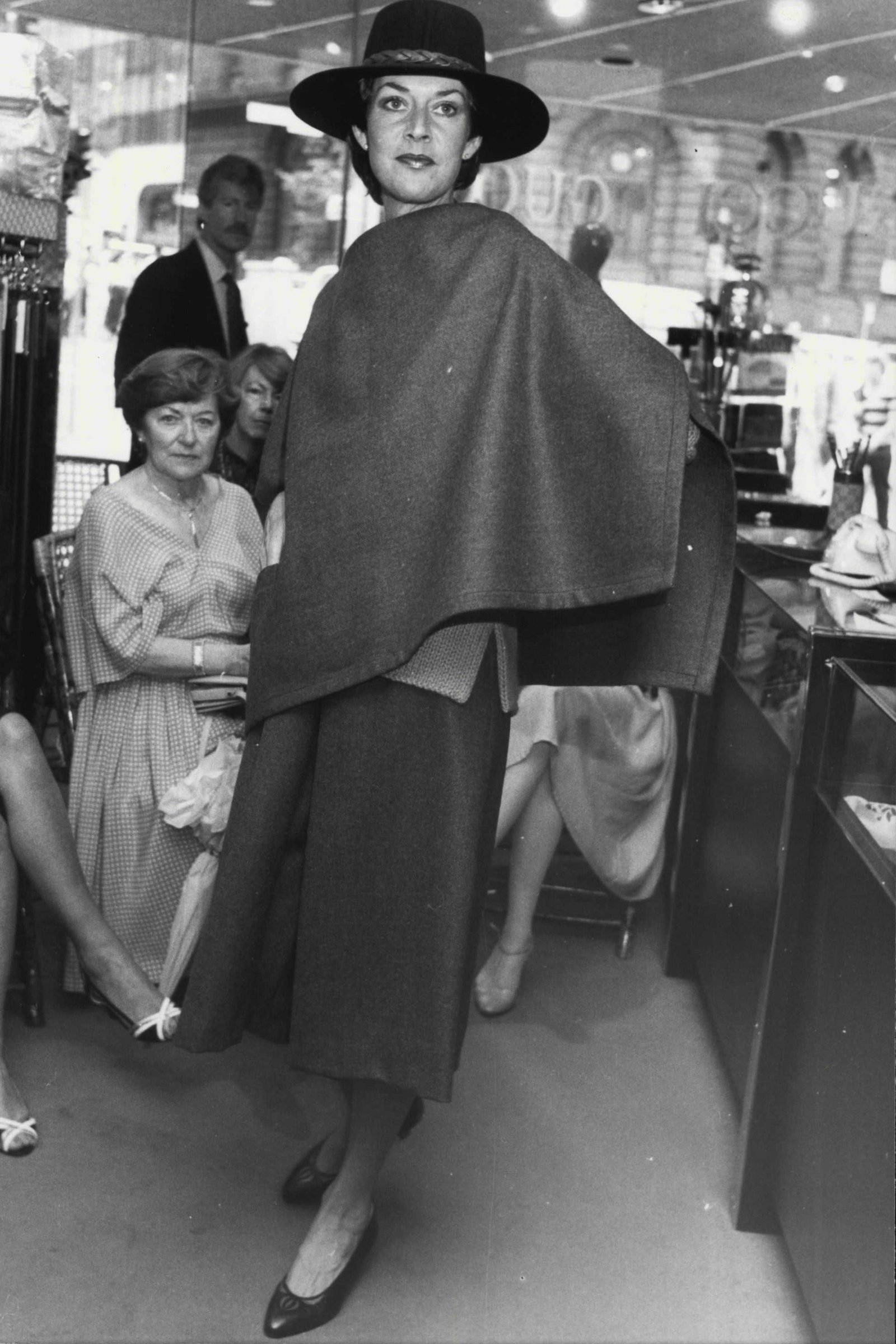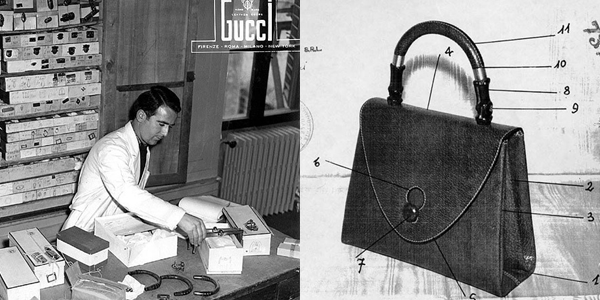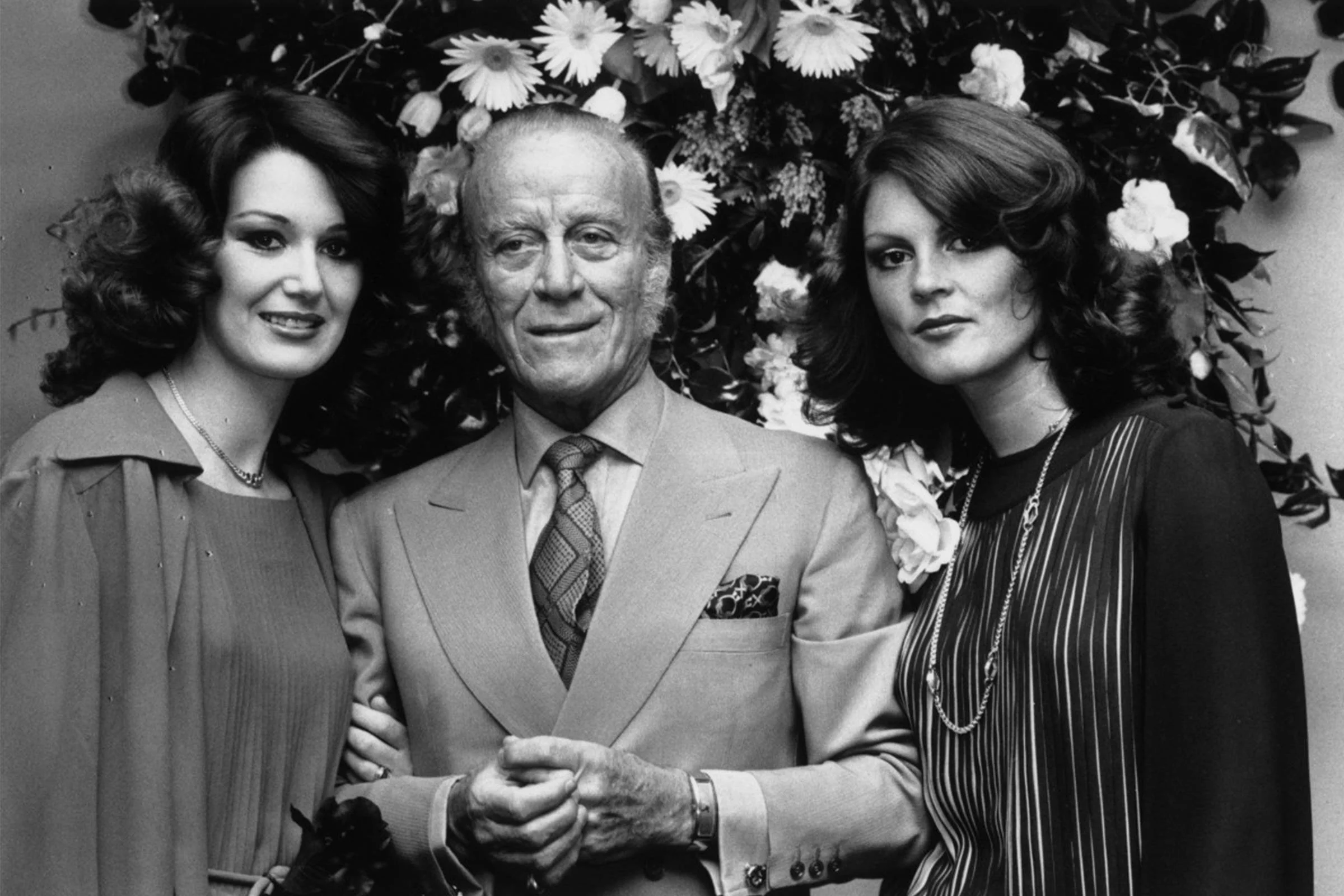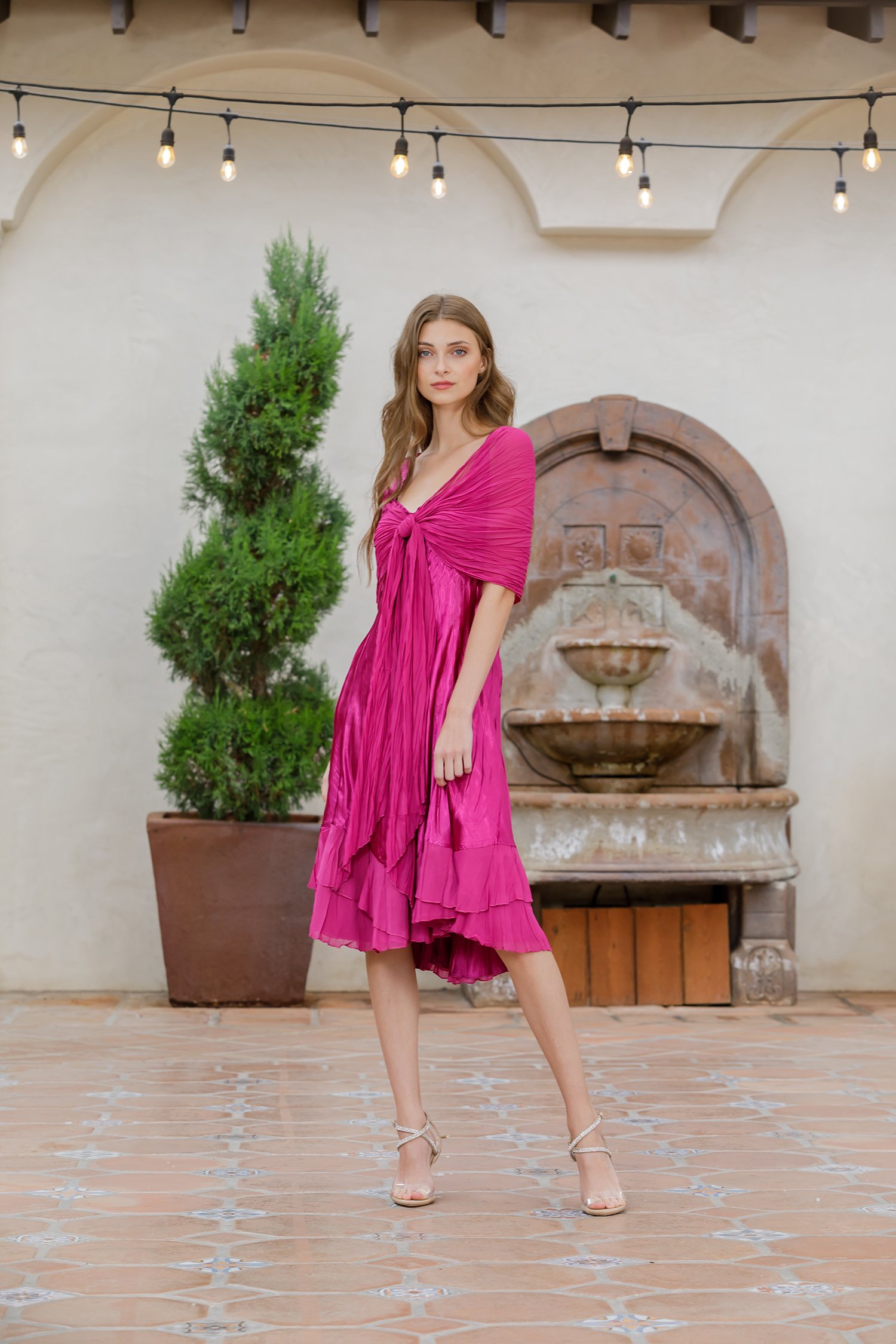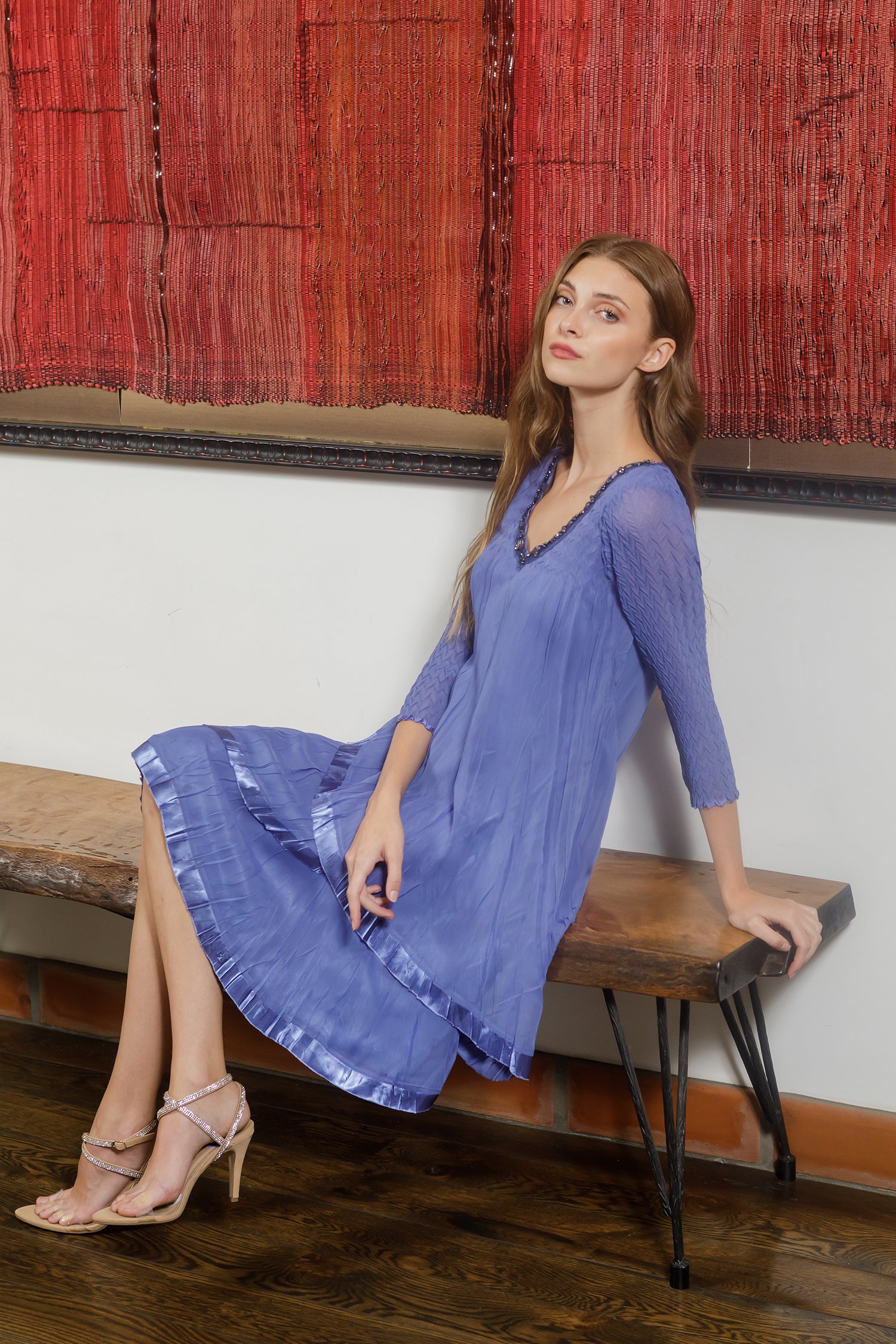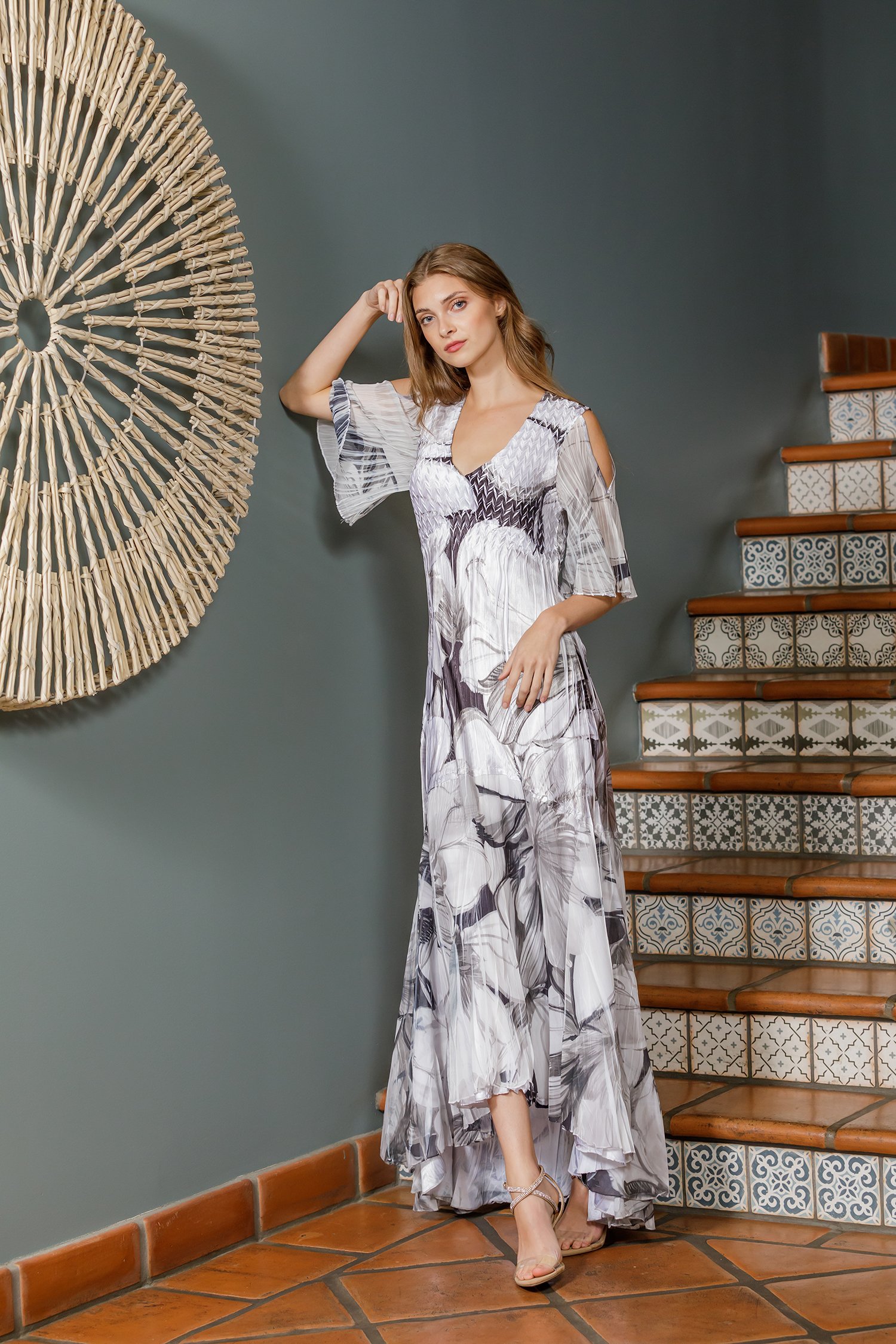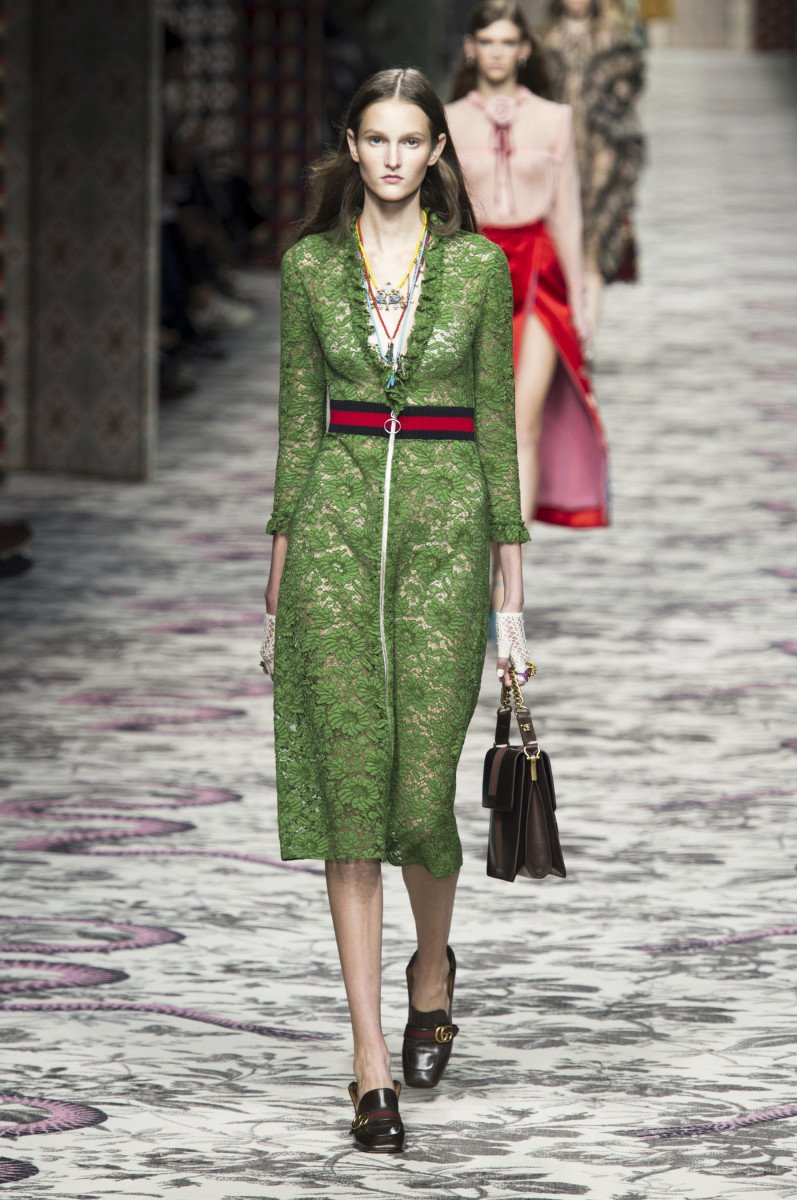The Real House of Gucci. A Short History By Four Time Emmy Award Winning Fashion Designer, Costumer and Author Shelley Komarov
The Real House of Gucci. Short History
By Four Time Emmy Award Winning Fashion Designer, Costumer and Author Shelley Komarov
In 2021 it was 100 years since the famous fashion house Gucci has been established. This is the reason of the timing of the Ridley Scott’s film The House of Gucci, with Lady Gaga and Adam Driver in the leading roles. The story of the Gucci Fashion House is more about greed, family feuds and murder than about fashion.
Guccio Gucci.
Born on March 26, 1881 to a humble Italian leather goods maker, Guccio Gucci was a porter at the Savoy Hotel in London when he became enamored with glamorous suitcases of the arriving from all over the globe guests. Later he held a similar position working at the first class train cars. Of course, trains were the main way of traveling those days. Paying homage to his roots, he eventually returned to his native Florence to work for Franzi, a tony luggage brand, until in 1921 he opened his own eponymous leather goods store in Florence.
In the beginning, Gucci’s main business was making saddles and other accessories for horseback riders, always crafted from the finest of the Italian leathers. His designs continued to gain popularity as he expanded further into the world of accessories, with English aristocrats becoming major fans of the up-and-coming label. Even today the equestrian flair can be seen in the Gucci’s modern creations, including the beloved horse bit element, and the red and green woven stripe, inspired by the saddle details.
Gucci’s three sons – Aldo, Vasco, and Rodolfo – joined his business in 1938. In later years they opened stores in Rome and Milan. In 1953, just as they opened their first New York boutique, Guccio passed away fifteen days later. Guccio had three sons and a daughter, but the shares of the company were equally divided only between the three sons, with no shares allocated for the daughter.
As leather became hard to get in the mid 1930s because of the sanctions imposed on Italy, Gucci started experimenting with textiles. This led to the very first Gucci signature print – small interconnected diamonds in dark brown, woven into tan hemp fabric.
The iconic Bamboo Bag was born under similar circumstances in 1947. Gucci’s artisans were scrambling to find materials toward the end of World War II and discovered that they could use Japanese bamboo to craft unique handles treated with a unique (and patented) method. These varnished bamboo handles became synonymous with Gucci. in the following years, the Guccio’s children turned the family business into a thriving empire that attracted the likes of Elizabeth Taylor and Jackie Kennedy. The empire was divided between Aldo, Vasco and Rodolfo, each having his own specific role in the business structure: Aldo focused on expanding Gucci even further, Rodolfo was in charge of the Italian shops, and Vasco oversaw the production.
Aldo Gucci
Aldo Gucci began working for his father’s business when he was 14 years old. After having put an untold number of hours over the years, he became the Gucci first salesman, a move that allowed him to open up his first Gucci shop in Rome when he was only 20. The move launched the brand to the superstar status, as the legendary screen actress Ingrid Bergman carried a Gucci bag and an umbrella in her film. In 1950 Aldo traveled to New York together with his brothers Rodolfo and Vasco to open the first store in the USA. The trio were greeted by President John Kennedy, who proclaimed Aldo to be the first “Italian Ambassador of Fashion”. Aldo did not stop there, opening stores in Beverley Hills and Chicago, before moving on to Tokyo.
Aldo had been in Gucci business until 1986, when he was sentenced to one year in prison for tax evasion (with the help of his son). He died in 1990.
Rodolfo Gucci
Rodolfo Gucci is better known by his stage name Maurizio D’Ancora. As an actor, Rodolfo starred in over 40 films between 1929 and 1946. After his brother Vasco died in 1947, Rodolfo and his brother Aldo bought Vasco’s shares of Gucci from his widow.
Maurizio Gucci
Maurizio Gucci
Maurizio Gucci was the only son of Rodolfo and Sandra Ravel. The conflict of Maurizio with his father started when Maurizio introduced his new girlfriend to Rodolfo in 1970. From the start Rodolfo became suspicious of the woman, Patricia Reggiani. Rodolfo threatened to disinherit Maurizio if he pursued the relationship with Reggiani. Nevertheless, despite all the threats, Maurizio and Reggiani got married in 1972.
Patrizia Reggiani
Patrizia Reggiani was born in a small town near Milan in December 1948. Her father worked as a truck driver and eventually established his own successful business. After Patrizia married Maurizio Gucci, the couple had two children, Alessandra, born in 1977, and Allegra, born in 1981. After Maurizio inherited Rodolfo Gucci’s shares of the company in 1980, the couple led a lavish lifestyle. However, things began to fall apart in their marriage, and Maurizio left Reggiani for a younger woman, Paola Franchi. Consumed with jealousy, Patrizia conspired to arrange the Maurizio’s murder by a hitman in 1995. She was convicted and stayed in prison until her release in 2016.
Under Maurizio’s stewardship, Gucci was struggling financially: the company lost over $22 million in 1993, according to a 1999 report from Forbes. Maurizio had been the chairman of the company from 1989 to 1993, at which point he sold his shares of the company to Inverstcorp for $170 million. It was thanks to Tom Ford and the Gucci Group CEO Domenico del Sol that the brand survived. Tom Ford was hired by Gucci in 1990 to overhaul the brand image, that was in decline by then, and to help it step away from the main products it was mainly known for – leather goods and scarves. Ford became the Gucci’s Creative Director in 1994, following Maurizio’s departure from the company. Ford transformed the company with the introduction of velvet trousers, stylish sexy dresses, slick suits, and the whole range of boots and bags.
Tom Ford Last Show
Tom Ford Last Show
Paolo Gucci
For a number of yours in the late 1960s Paolo Gucci, Aldo Gucci’s son, was a chief designer of the Gucci label. He was promoted by his father to become a vice-president of Gucci. His troubles started in 1980 when he secretly launched his own business using the Gucci name but without telling neither his father nor his uncle Rodolfo. When it was found out, Paolo was fired and he was sued by his father. As a revenge, Paolo conspired with his cousin Maurizio to remove Aldo from the company. Moreover, he tipped off the IRS about Aldo’s tax evasion and Aldo spent a year in prison as a result In 1987 Paolo sold all his shares of the company for 42.5 million. Because of the bad business decisions and extravagant spending, in 1993 Paolo filed for bankruptcy. At the time of his death in 1995 Paolo, who remarried and had two more children, in addition to three children from his first marriage, had debt of about $90 million.
Alessandro Michele
Alessandro Michele
Alessandro Michele is Gucci’s current Creative Director since 2015. He breathed new life in the old label, and into the fashion industry as a whole. The first look of his collection, a whimsical pussy bow blouse paired with black trousers and a Gucci belt, instantly established the playful androgyny, now synonymous with Michele’s tenure.
In the fall/winter of 2018 season, Michele collaborated with Italian special effects studio Makinarium making exact silicone molds of the model’s heads.
The most remarkable part of the story about the Gucci brand is that 100 years later, without participation of any person from the Gucci family, Gucci is the most successful luxury brand in the world. Tom Ford made the Gucci brand sexy and desirable by the Hollywood stars, with his promotional campaigns, often very risky, making headlines around the globe.
And now it is led by Alessandro Michele, the darling of the hip-hope communities.
“I feel like in a way Gucci’s come full circle and really connected its past with its present. It has fully embraced its scandalous past: if you look on the runway, the models are wearing Maurizio Gucci’s signature aviator glasses”, said Sara Gay Forden, the author of the book “The House of Gucci”, the book that inspired the latest film of the same name.
In the second part I will focus on the film itself – The House Of Gucci.
HISTORY
Shelley Komarov is the founder and Creative Director of Komarov Enterprises, Inc. Hailing from St. Petersburg, Russia, Shelley immigrated with her husband Boris and small son Dimitri to the United States in 1977. Having had experience making costumes for the Kirov Ballet in Russia, she sought a career in costume design for film and television when she landed in Los Angeles in 1978.
During her 25 years as a costume designer, Shelley was honored with four Emmy awards for her work on Peter the Great, The Kennedy’s of Massachusetts, Frank Sinatra and Introducing Dorothy Dandridge. She was charged with the responsibility of costuming over forty productions from feature films to miniseries. Needless to say, after fitting thousands of cast members, including Nicole Kidman, Halle Berry, Matthew McConaughey, Jack Lemmon and George Clooney to name a few, Mrs. Komarov understands how clothing should fit.
Being that her work required a great deal of travel, she became personally frustrated with the lack of style, fit and availability in garments that travel well. Such was the impetus for creating KOMAROV, a beautiful line of women’s sportswear and dresses. Reflecting Shelley’s love of architecture and art, all of the garments are pleated using both modern methods and the age-old artistry of hand pleating. Each piece is hand made at their Los Angeles studio.
KOMAROV was established in 1997 with Shelley Komarov, Dimitri Komarov (Shelley’s Son) and Dmitry Liberman at the helm. Shelley has now bid the film business goodbye in order to dedicate all of her attention to the demands of her busy clothing company and the love of her life, her granddaughter, Ava.
PHILOSOPHY
“As a Costume designer, I often travel the world and live out of a suitcase. From my own experience, I know how difficult it can be to maintain clothes. As the world is getting smaller and we spend more time traveling, working, etc., we have less time for ironing, alterations, and maintenance. We just want to stuff our clothes into the bag and go. The line sets itself apart with its signature pleating that produces a unique surface texture while enabling each piece to naturally conform to the wearer's body shape. Manufactured in Los Angeles, Komarov utilizes a special heat process that permanently bends natural and man-made fibers resulting in the kind of luxurious fabrics that recall the works of Mario Fortuny and Issey Miyake. My dream has always been to create clothes that have a 21st century vibe. I feel that I have accomplished this with the Komarov collection”.
FABRIC
Komarov utilizes the finest natural and man-made fabric blends, most of which are from meticulously selected yarns and created specifically for Komarov before undergoing the line's special pleating process. Each piece is hand printed so no two are exactly the same.
FIT
Each Komarov piece conforms or expands to fit the body so the fit is uniquely your own. Komarov has made pleating relevant to modern lifestyles with fabrications that provide unbeatable fit. Though strict quality control is imposed for manufacturing consistency, the process itself produces slight variations that make each garment almost one of a kind.
EASY TO CARE FOR
The collection is hand or machine washable, wrinkle-free and lightweight. Ideal for the busy business or leisure traveler who wants to look chic at a moment's notice without the need for dry cleaning.
Website: https://komarov.com/
Related Articles

